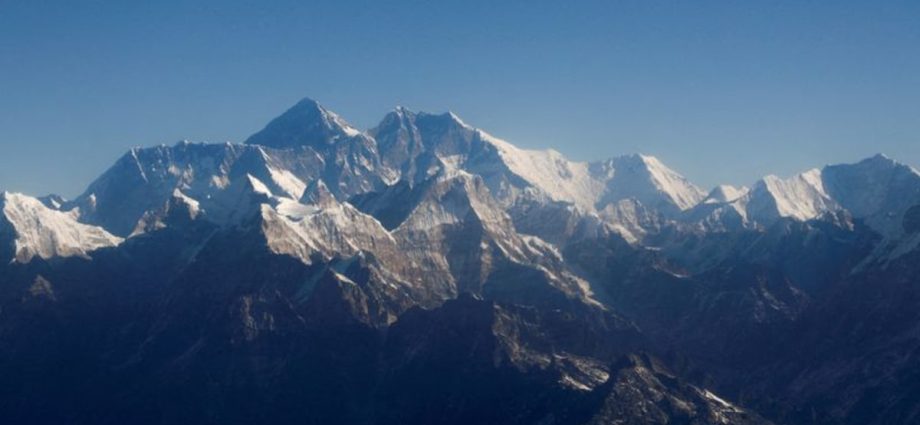
SINGAPORE: Reaching the world’s highest peaks is a challenge that brings many climbers to countries such as Nepal and Tanzania every year.
However, such extreme environments also present increased risks to the human body.
Barometic pressures – or air pressures – fall as the altitude increases. This causes a corresponding drop in the partial oxygen pressure, resulting in hypobaric hypoxia, or a lack of oxygen in the air.
For example, the air at 3,000m contains only about 69 per cent as much oxygen compared with at sea level, and drops even further as you ascend.
At the peak of Mount Everest, the world’s highest, there is only about 33 per cent as much oxygen in the air. The mountain’s “death zone”, located above 8,000m, is also notorious for its difficult terrain.
Aside from altitude sickness, climbers are also susceptible to conditions such as frostbite and eye damage.
Last week, a travel agency said a Singaporean man died from health complications due to altitude sickness while attempting to climb Mount Kilimanjaro in Tanzania.
He died of asphyxia, a condition that occurs when the body is deprived of oxygen, and high altitude pulmonary edema (HAPE), an altitude illness that can turn fatal.
In May, another Singaporean climber went missing after reaching the summit of Mount Everest. According to his wife, he developed high altitude cerebral edema (HACE) and “could not make it down”.
WHAT IS HIGH-ALTITUDE SICKNESS?
High altitude sickness occurs when people travel to high altitudes without giving their bodies enough time to adjust. This usually affects those who ascend to altitudes at least 2,500m above sea level but can also be seen at lower elevations.
There are three types of altitude sickness: Acute mountain sickness (AMS), HACE and HAPE.
Of these, acute mountain sickness is the most common, and is often benign. However, if left undiagnosed, it can lead to the other two types, which are more serious and potentially life-threatening.
HACE occurs when pressure builds up in the brain, resulting in fluid breach and swelling. HAPE, on the other hand, affects the lungs – the fluid build-up interferes with the effective exchange of oxygen to the blood.
How badly people are affected by the lack of oxygen depends on how high they are, the rate of ascent, and how long they stayed at high altitudes.
WHAT SYMPTOMS SHOULD CLIMBERS LOOK OUT FOR?
AMS begins with mild symptoms such as headache and nausea.
Other symptoms include dizziness, vomiting, fatigue and loss of energy, shortness of breath, sleeping problems and loss of appetite.
According to outdoor travel website SGTrek, symptoms usually set in within 12 to 24 hours of reaching higher elevation, and then get better within a day or two as the body adjusts to the change in altitude.
If left untreated, however, AMS can progress to HAPE and HACE.
Symptoms of HAPE include tightening of the chest, extreme fatigue, breathlessness even when at rest, coughing that may produce a white or pink frothy fluid and fever. People may also experience cyanosis, a condition where the skin, nails or whites of their eyes start to turn blue.
HACE symptoms include headache, loss of coordination, weakness, disorientation, memory loss and hallucinations. It can also cause changes in normal behaviour and ability to think, as well as coma in advanced cases.
An article on Harvard Health’s website noted that symptoms of HACE may not be noticed immediately as the illness can begin during the night. “Because this low-oxygen injury affects the brain and thought process, a person with HACE may not understand that symptoms have become more severe until a travelling companion notices unusual behaviour,” the article read.

